45 understanding sugar content food labels
Understanding sugar labels - Campbell County Health In May 2016, the US Food and Drug Administration (FDA) put into place new regulations to make food nutrition labels more user friendly, with information consumers can use to make better informed choices when they purchase and eat packaged foods. These new guidelines for labels are now being seen on products available in most grocery stores, with larger food manufacturers being required to make ... Understanding Ingredients on Food Labels | American Heart Association Mar 06, 2017 · There are many terms used for sugar on food labels. You might see sugar listed as the fourth ingredient in a product and think it’s not so bad. But sugar can also be listed as high-fructose corn syrup or corn syrup, agave nectar, barley malt syrup or dehydrated cane juice, to name just a few. Read more about sugar and sweeteners.
Understanding food labels | Diabetes UK Check the ingredients list - if syrup, invert syrup, cane sugar, molasses or anything ending in 'ose' is within the first three ingredients, this suggests the food contains more added sugar. Choose an alternative if possible, or be mindful of the portion you eat. Check the fibre content on the back of pack label. If you're choosing ...

Understanding sugar content food labels
Food Labels | CDC - Centers for Disease Control and Prevention If you eat the whole thing, you are eating 8 times the amount of calories, carbs, fat, etc., shown on the label. Total Carbohydrate shows you types of carbs in the food, including sugar and fiber. Choose foods with more fiber, vitamins, and minerals. Choose foods with lower calories, saturated fat, sodium, and added sugars. What's in a Teaspoon? Understanding the Sugar Content of Food The amount of sugar and fiber in a given food is included in the total number of carbohydrates listed on the label. Unfortunately, there's no distinction on the current food label as to whether the sugar in a given product is natural or added, but a new food label released in May 2016 by the U.S. Department of Agriculture clarifies this difference. Understanding sugar content on food labels - Diabetes Care Community Understanding sugar content on food labels is important, to ensure that you're consuming healthy amounts. Reading the ingredient lists and nutrition facts tables on packaged foods is a helpful way for you to check what kind, and how much, sugar a product has. Finding sugar content in the ingredients list
Understanding sugar content food labels. Understanding Food Labels in Canada - Unlock Food Oct 15, 2019 — You can use it to compare the nutrient content of different foods. Step 4: Try to get more of these nutrients. Fibre, vitamin A, vitamin C, iron ... How to Read Nutrition Labels for Sugar - hekagoodfoods Now that you know where to locate the label, let's take a closer look at added sugar nutrition facts. Nutritional information is divided into the following five major categories: Fat. Cholesterol. Sodium. Total carbohydrates. Protein. Since sugar is a type of carbohydrate, it's listed underneath the "total carbohydrates" section. Added Sugars on the New Nutrition Facts Label | FDA The Dietary Guidelines for Americans recommends limiting calories from added sugars to less than 10 percent of total calories per day. For example, if you consume a 2,000 calorie daily diet, that ... Keep It or Toss It? Food Labels Decoded. - BettyCrocker.com Sep 24, 2019 · Nearly 90% of us throw food out before it is actually bad and that can be for a misunderstanding of food labels. The most common designations on packaging are sell-by, best-by, and use-by, but what do these all mean? ... but the taste or texture might have diminished or the product might not have the full vitamin content indicated on the ...
Reading food labels: Tips if you have diabetes - Mayo Clinic Put sugar-free products in their place. Sugar-free doesn't mean carbohydrate-free. Sugar-free foods may play a role in your diabetes diet, but remember that it's equally important to consider carbohydrates as well. A sugar-free label means that one serving has less than 0.5 grams of sugar. When you're choosing between standard products and ... Types of Carbohydrates | ADA - American Diabetes Association There are two main types of sugar: naturally occurring sugars such as those in milk or fruit. added sugars such as those added during processing such as fruit canned in heavy syrup or sugar added to make a cookie. On the nutrition facts label, the number of sugar grams includes both added and natural sugars. There are many different names for ... Understanding Food Nutrition Labels | Sanford Fit Vitamin D, potassium, calcium, and iron are listed on the nutrition label as these are nutrients that can often be lacking in a child's food choices. Choose foods that are: Higher in dietary fiber, vitamin D, calcium, iron, and potassium. Lower in saturated fat, sodium, and added sugars. Sugar Content Sugars can be harder to understand. Understanding food labels - Action on Sugar Drinks high in sugars have more than 11.25g / 100ml OR more than 13.5g sugars / portion. HOW MUCH SUGAR IS IN YOUR FOOD/DRINK? Step 1 - Calculate amount of sugars per gram by dividing the amount of sugars per 100g OR 100ml by 100. Step 2 - Check the weight of a recommended portion as stated on the pack. Step 3 - Work out the amount of ...
Learning To Read Labels :: Diabetes Education Online On a nutrition food label, subtract the fiber from the total carbohydrate amount. When you read food labels, the grams of sugar are already included in the total carbohydrate amount, so you do not need to count this sugar amount separately. The grams of sugar listed include both natural sugars, from fruit or milk, and added sugars. sugar content Archives - Diabetes Care Community Understanding sugar content on food labels. March 30, 2018 by Diabetes Care. Understanding sugar content on food labels is important, to ensure that you're consuming healthy amounts. Reading the ingredient lists and nutrition facts tables on packaged foods is a helpful way for you to check what kind, and how much, sugar a product has. ... Reading Food Labels | ADA - American Diabetes Association The Nutrition Facts labels on foods are really the key to making the best choices. We'll cover the basics so that these labels make shopping easier for you. You've heard it all. From carb-free to low-carb, to whole and empty carbs, it's hard to know what it all means. Blood sugar highs and lows aren't always easy to understand. Food Labels | CDC - Centers for Disease Control and Prevention Sep 20, 2022 · Understanding the Nutrition Facts label on food items can help you make healthier choices. The label breaks down the amount of calories, carbs, fat, fiber, protein, and vitamins per serving of the food, making it easier to compare the nutrition of similar products. Be sure to look at different ...
Understanding Food Nutrition Labels | American Heart Association Remember that the information shown in the label is based on a diet of 2,000 calories a day. You may need less or more than 2,000 calories depending upon your age, gender, activity level, and whether you're trying to lose, gain or maintain your weight. When the Nutrition Facts label says a food contains "0 g" of trans fat, but includes ...
How to Read Food Labels and Understand Sugar Content - yum. Gluten Free The NIP on a label shows the amount of certain nutrients found in a stated amount of the product. These nutrients include energy, protein, fat (total and saturated), carbohydrate (total and sugars) and sodium. There may be further categories and/or subset of these categories, for example, 'sugars' is a subset of 'carbohydrates'.
Food labelling - Making Sense of Sugar Sugars will be listed as carbohydrates (which usually include both starches and sugars) and will use the phrase “of which sugars” to show how much sugars there ...
how to understand food labels - Eat For Health Food with less than 400mg per 100g are good, and less than 120mg per 100g is best. Ingredients Listed from greatest to smallest by weight. Use this to check the first three ingredients for items high in saturated fat, sodium (salt) or added sugar. Other names for ingredients high in saturated fat: Animal fat/oil, beef fat,
Learning To Read Labels :: Diabetes Education Online On a nutrition food label, subtract the fiber from the total carbohydrate amount. When you read food labels, the grams of sugar are already included in the total carbohydrate amount, so you do not need to count this sugar amount separately. The grams of sugar listed include both natural sugars, from fruit or milk, and added sugars.
Understanding Food Labels | The Nutrition Source | Harvard … Taillie LS, Reyes M, Colchero MA, Popkin B, Corvalán C. An evaluation of Chile’s Law of Food Labeling and Advertising on sugar-sweetened beverage purchases from 2015 to 2017: A before-and-after study. PLoS medicine. 2020 Feb 11;17(2):e1003015. Temple NJ. Front-of-package food labels: A narrative review. Appetite. 2020 Jan 1;144:104485.
Influence of sugar label formats on consumer understanding and amount ... Packaged foods and beverages are key contributors to sugar intakes, and food labels can be an effective tool to reduce sugar consumption. Objective: The aim of this systematic review was to examine the influence of sugar label formats on 2 outcomes: consumers' understanding of sugar information, and the amount of sugar in consumers' food choices.
Sugar - natural, added, health risks, cutting intake, substitutes ... The amount of sugar per 100g is an easy way to compare products for their sugar content. For example, if one cereal brand has 10g of sugar per 100g and another has 5g of sugar per 100g, the second option may be the better one. ... You should, however, avoid overconsuming added sugars. Check food labels, as above. Sugar-sweetened drinks can make ...
How to understand food labels | Eat For Health Sometimes labels will include nutrition content claims like 'low fat', 'reduced salt' or 'high fibre'. These claims can only be used if the food meets certain criteria. For example, with a 'good source of calcium' claim, the food must contain more than a set amount of calcium. While nutrition content claims can generally guide ...
How To Read Food labels for Sugar | My Sugar Free Kitchen 5g/ml or less of sugar per 100g/ml = this would count as low sugar content. It means 5% of the ingredients are sugar. Between 5g/ml and 20g/ml of sugar per 100 grams = medium sugar content. With 20ml of sugar per 100 ml, this means the product is 20% sugar…not so good. Over 20g of sugar per 100g/ml = high sugar content.
Sugars: Using the food labels - Canada.ca Jun 30, 2022 — In Canada, almost all prepackaged foods must have a list of ingredients. This information can help you make healthier food choices. Sugar-based ...
How to Understand and Use the Nutrition Facts Label | FDA It's important to realize that all the nutrient amounts shown on the label, including the number of calories, refer to the size of the serving. Pay attention to the serving size, especially how ...
Nutrition Education - Action for Healthy Kids Social Awareness: Nutrition education serves as an opportunity to teach children about food and the relation to culture and family heritage. Discussing culinary variances across cultures helps expose children to different foods and traditional practices, increasing their understanding and appreciation for diversity.
How to Understand and Use the Nutrition Facts Label | FDA - U.S. Food … Feb 25, 2022 · Overview. The information in the main or top section (see #1-4) of the sample nutrition label (below) can vary with each food and beverage product; it contains product-specific information ...
Read between the lines: Understanding Food Labels - sugar.fit What to look for : 100% whole grain label and high fiber content, added oat or wheat bran, no added sugar. Warning Signs : Check the ingredients and nutrition label. A whole-grain product should be relatively high in fiber (more than 3 grams of fibre per 100 grams) and not include other processed ingredients like maida or other refined flours.
Understanding sugar content on food labels - Diabetes Care Community Understanding sugar content on food labels is important, to ensure that you're consuming healthy amounts. Reading the ingredient lists and nutrition facts tables on packaged foods is a helpful way for you to check what kind, and how much, sugar a product has. Finding sugar content in the ingredients list
What's in a Teaspoon? Understanding the Sugar Content of Food The amount of sugar and fiber in a given food is included in the total number of carbohydrates listed on the label. Unfortunately, there's no distinction on the current food label as to whether the sugar in a given product is natural or added, but a new food label released in May 2016 by the U.S. Department of Agriculture clarifies this difference.
Food Labels | CDC - Centers for Disease Control and Prevention If you eat the whole thing, you are eating 8 times the amount of calories, carbs, fat, etc., shown on the label. Total Carbohydrate shows you types of carbs in the food, including sugar and fiber. Choose foods with more fiber, vitamins, and minerals. Choose foods with lower calories, saturated fat, sodium, and added sugars.

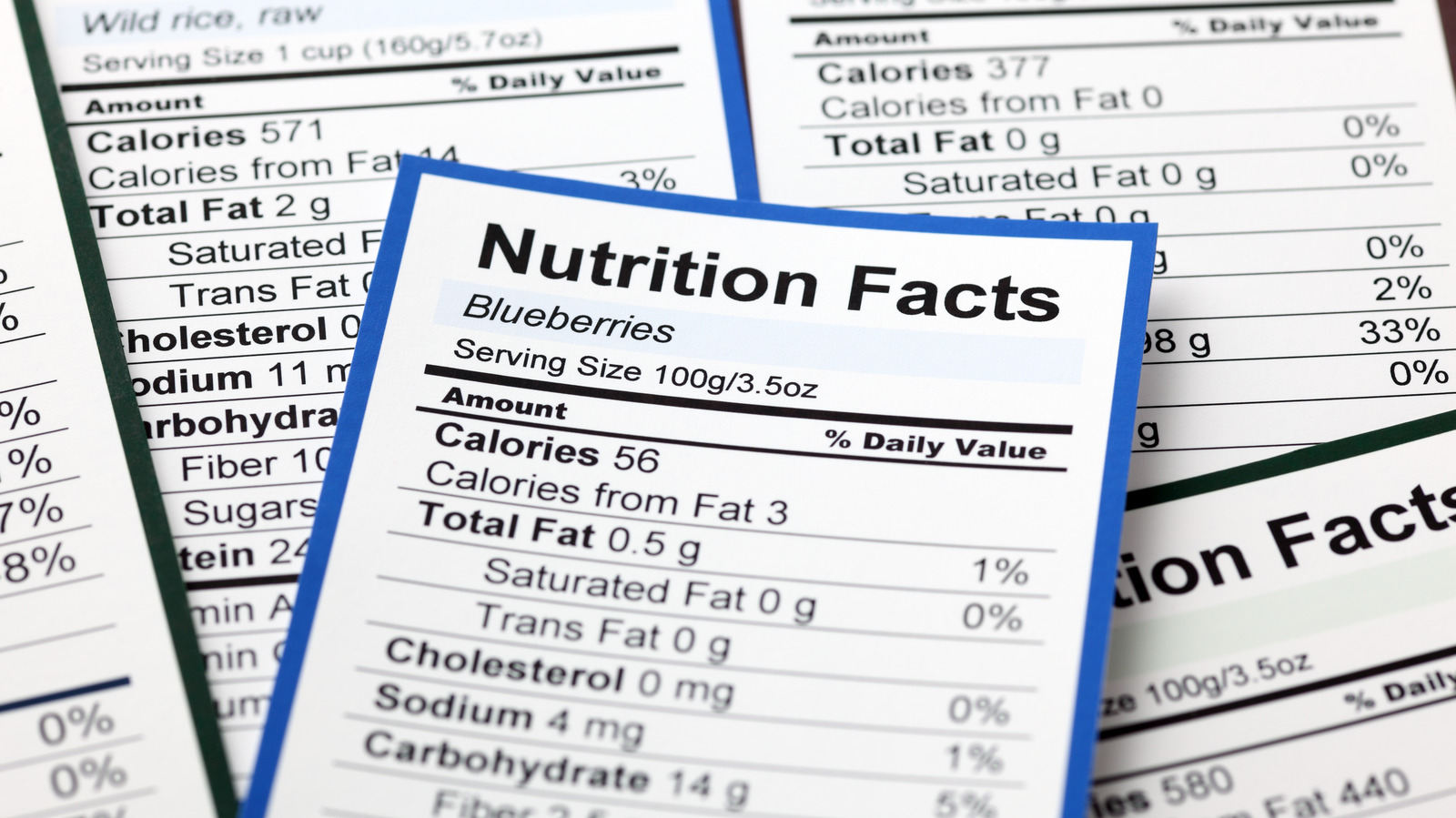
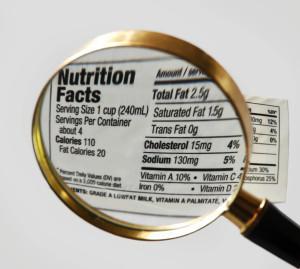


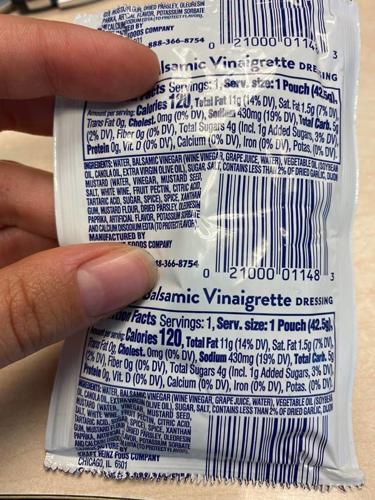
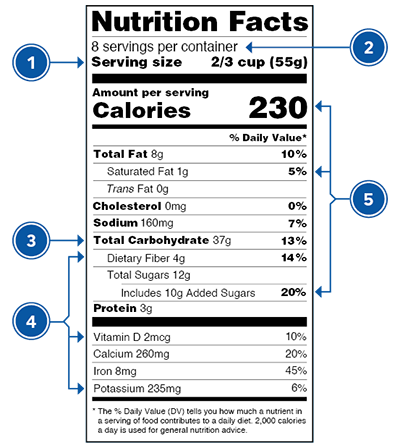
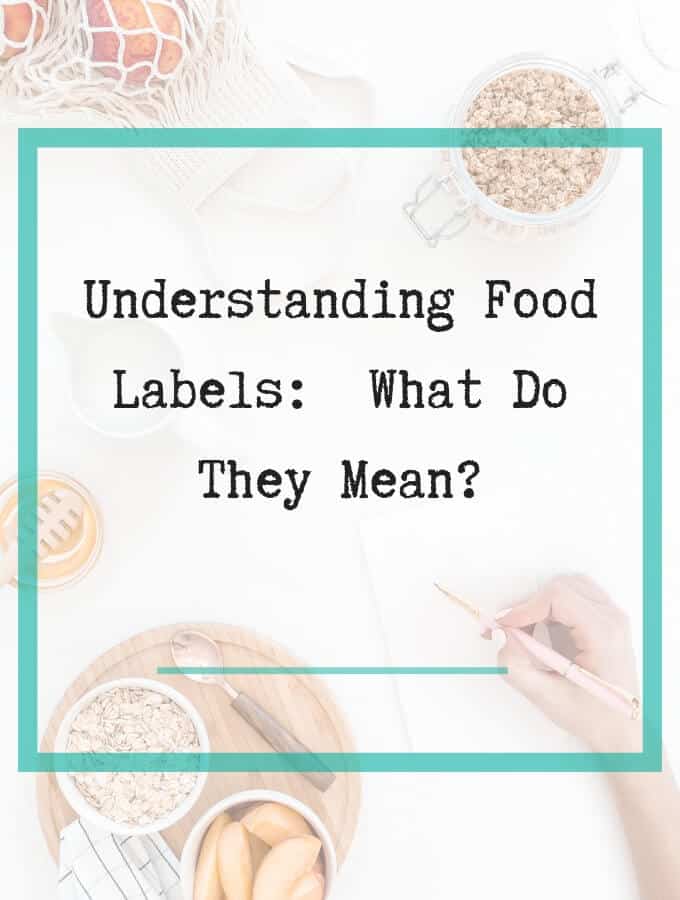
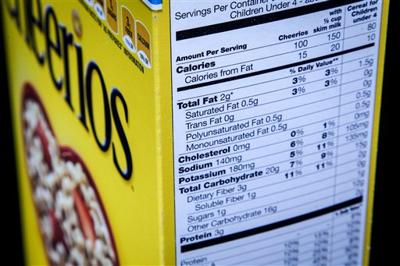
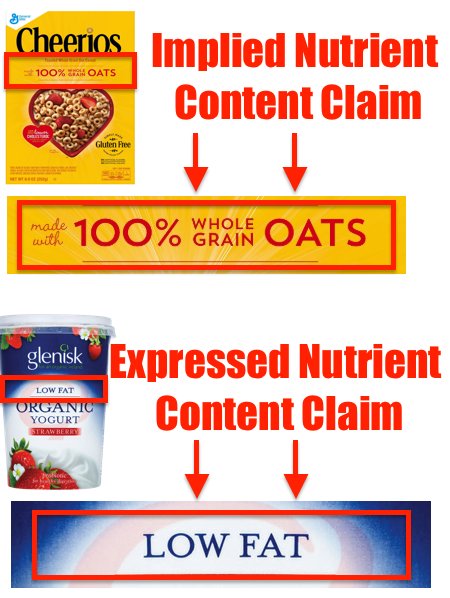
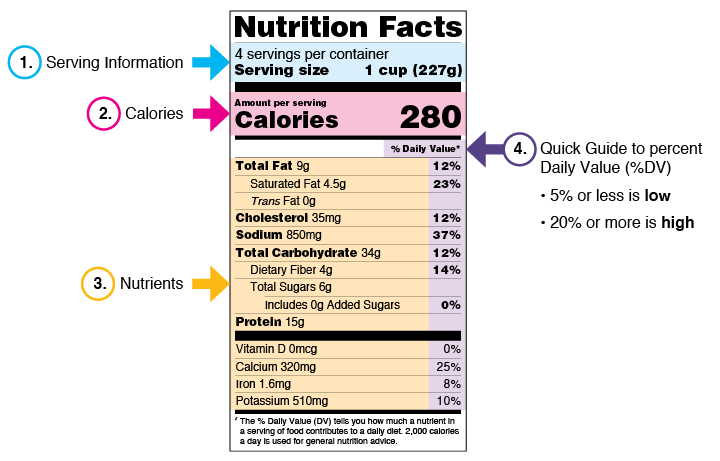
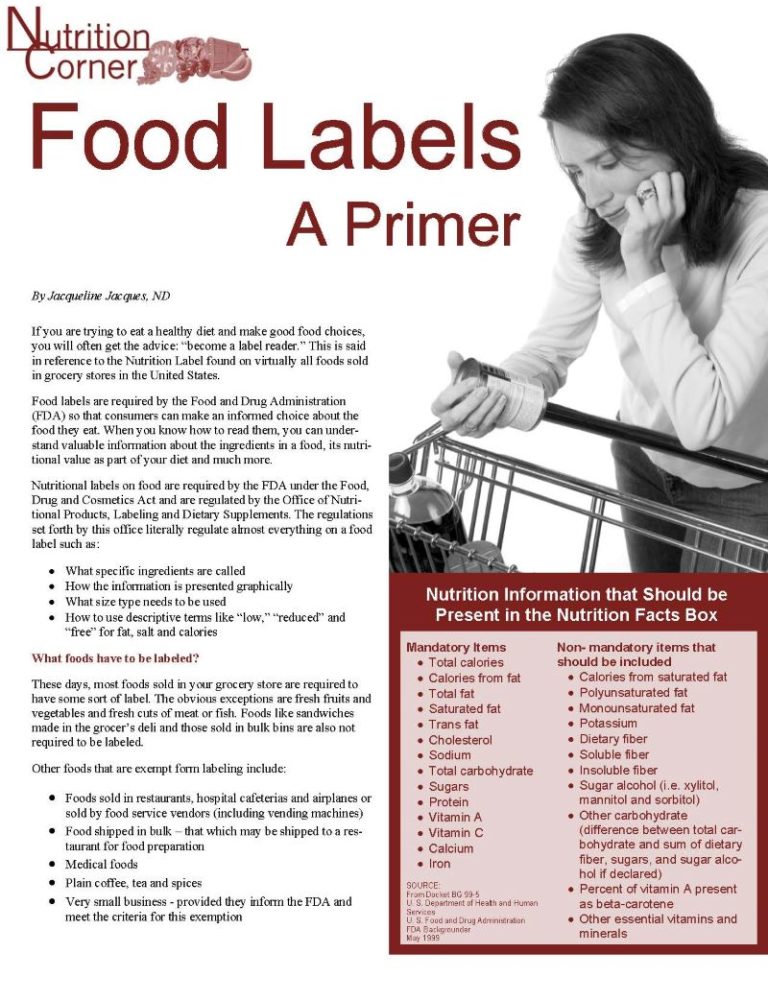
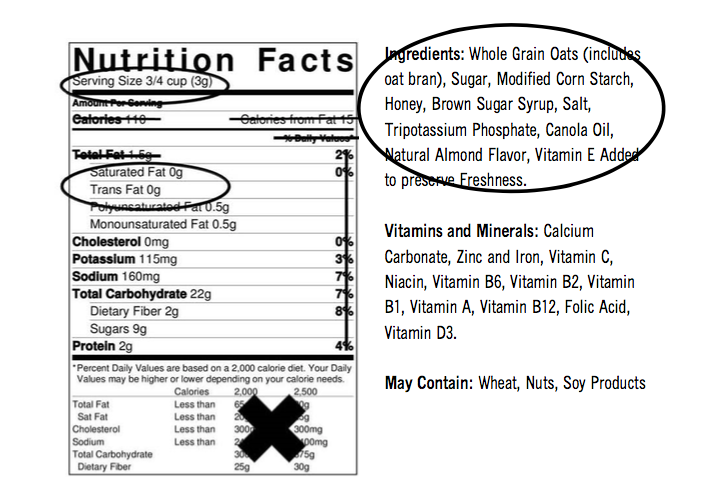

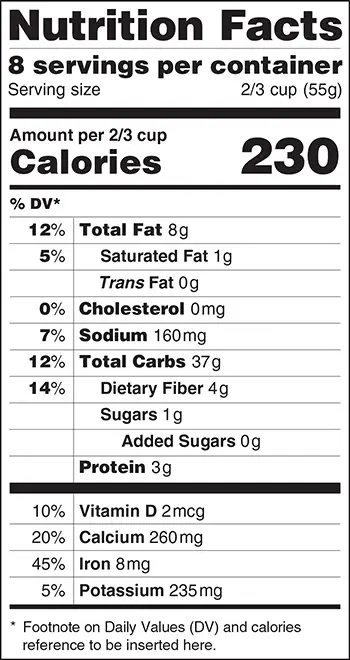
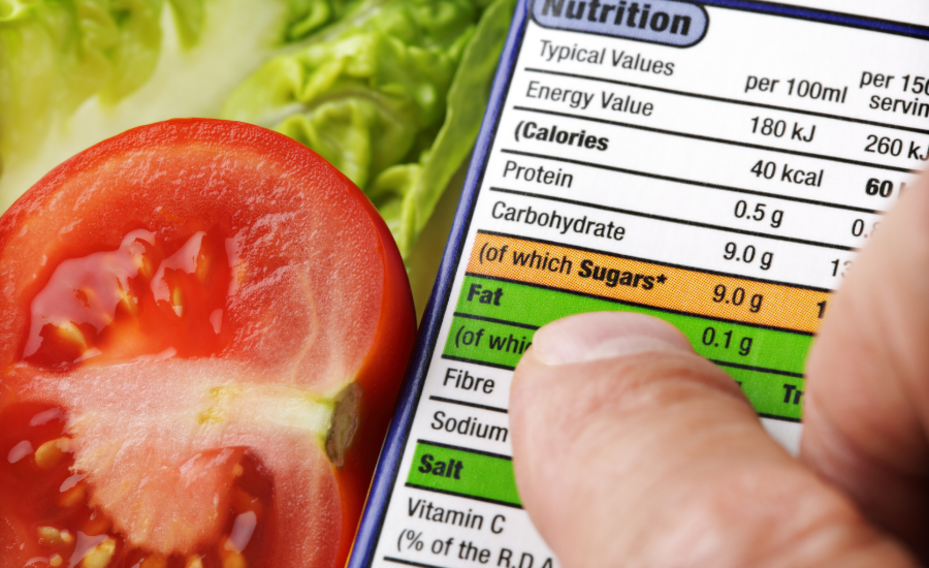



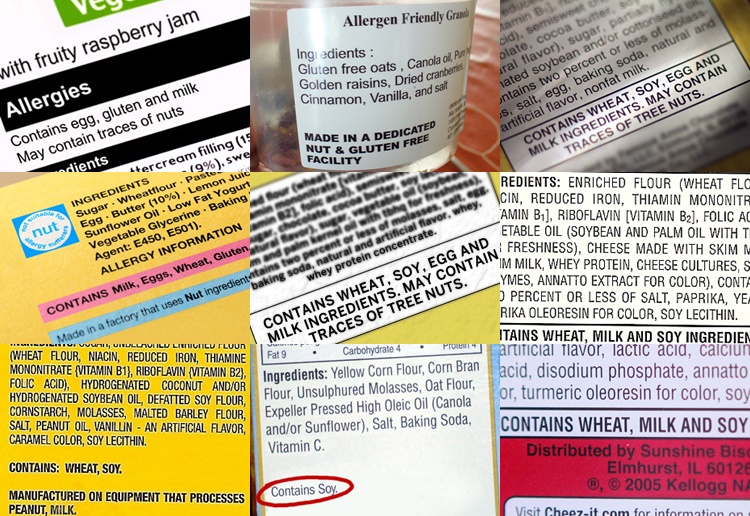

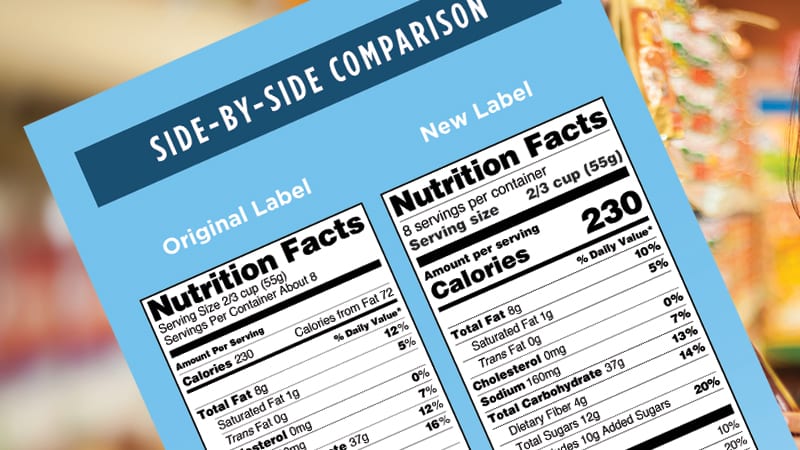
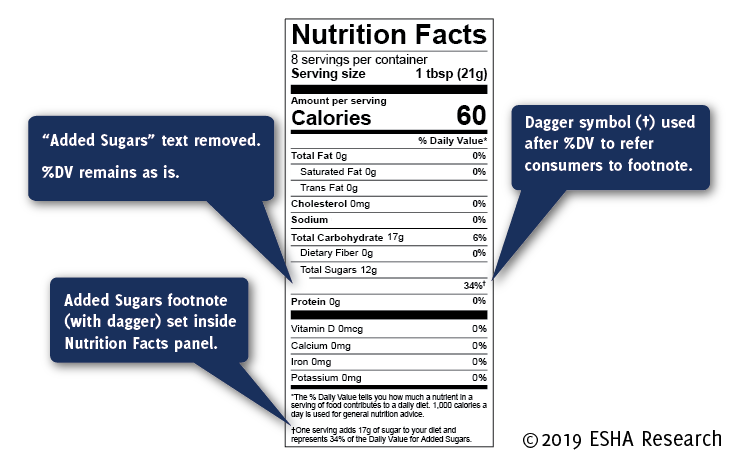
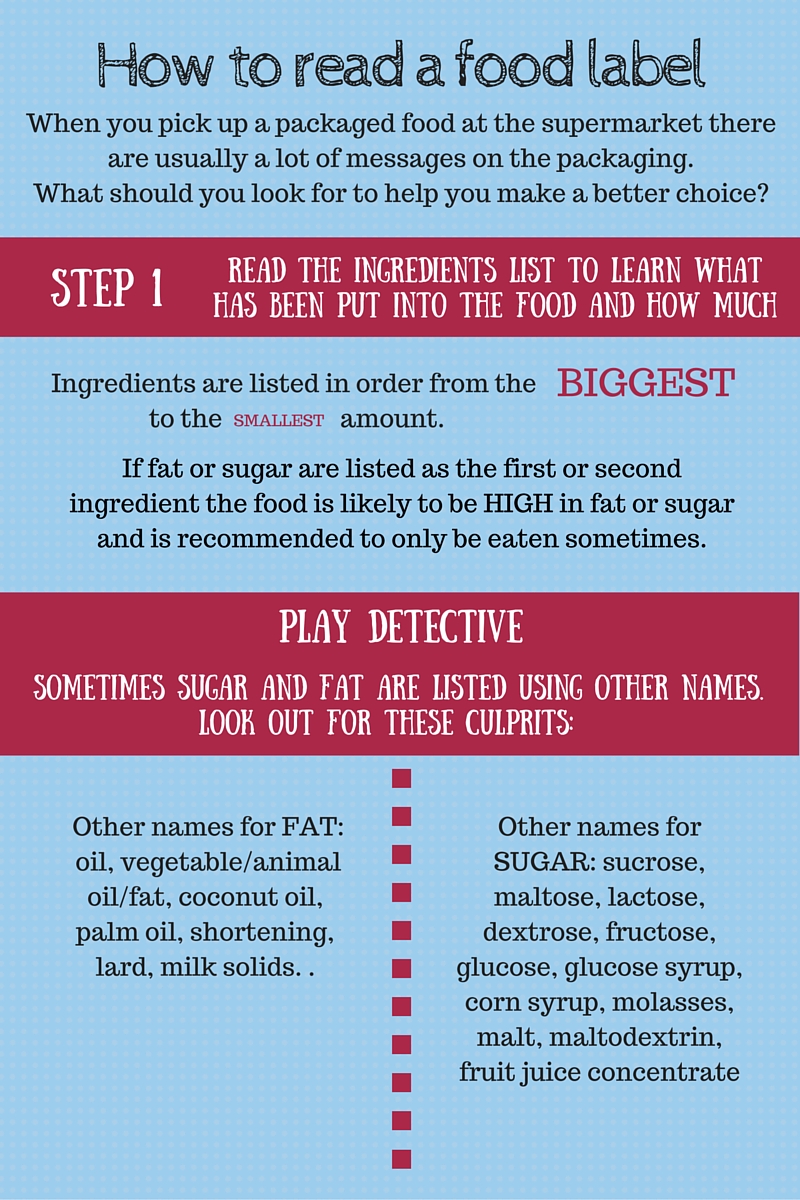




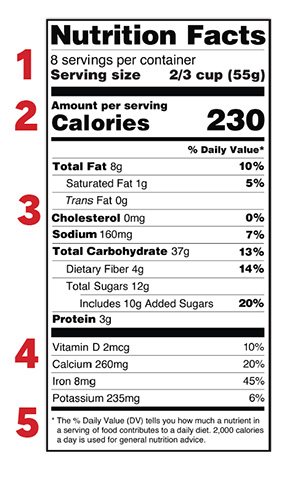

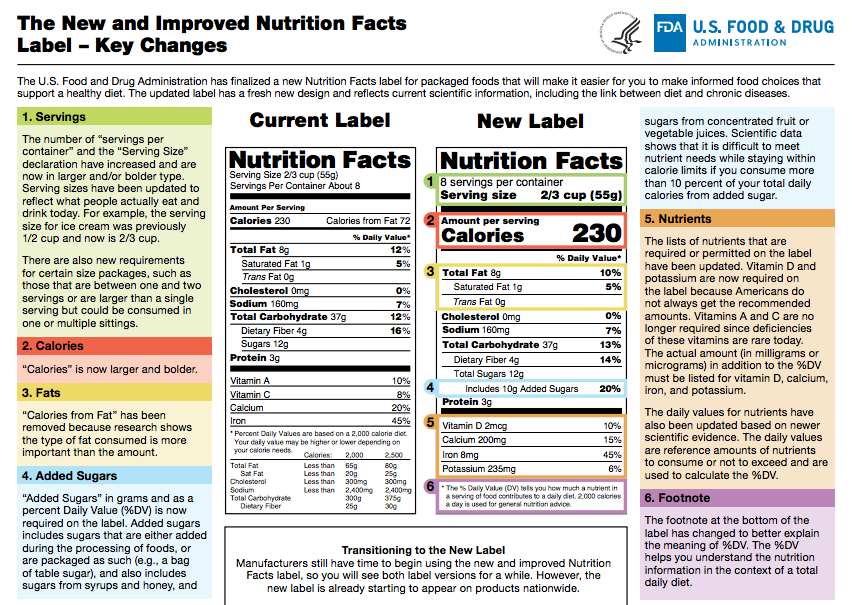
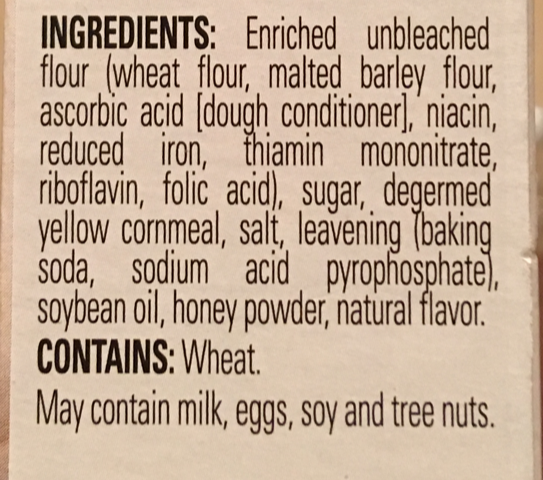




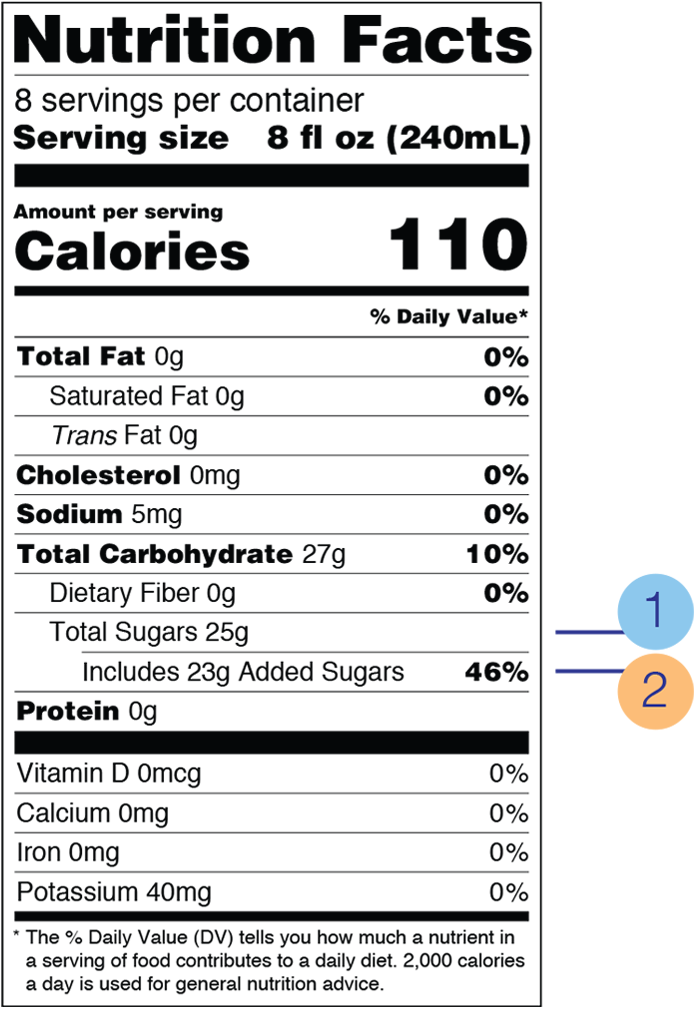

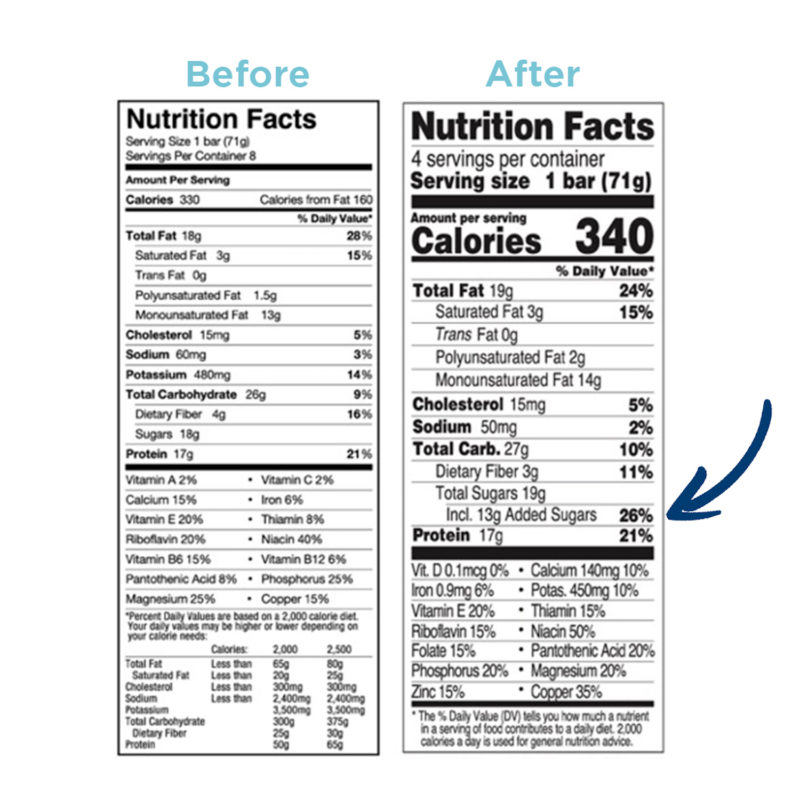





Post a Comment for "45 understanding sugar content food labels"